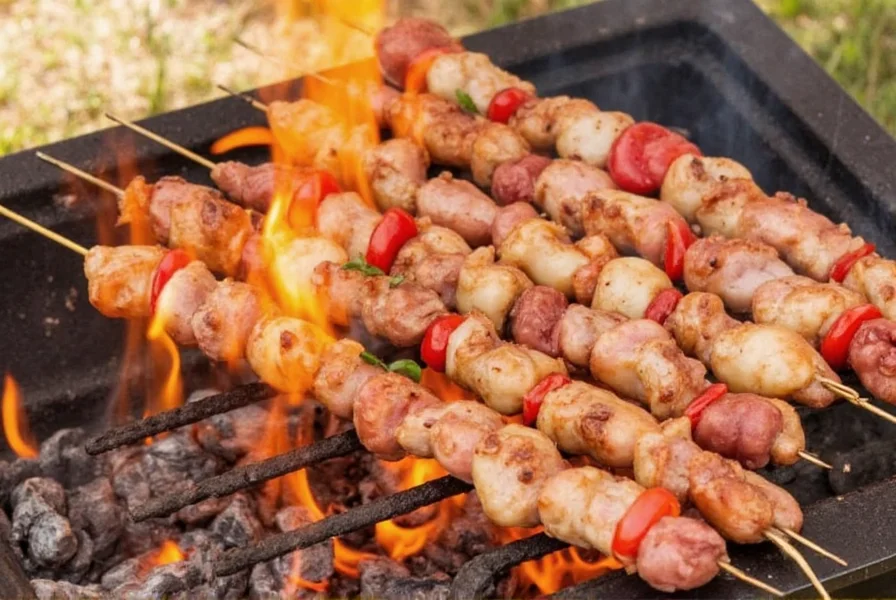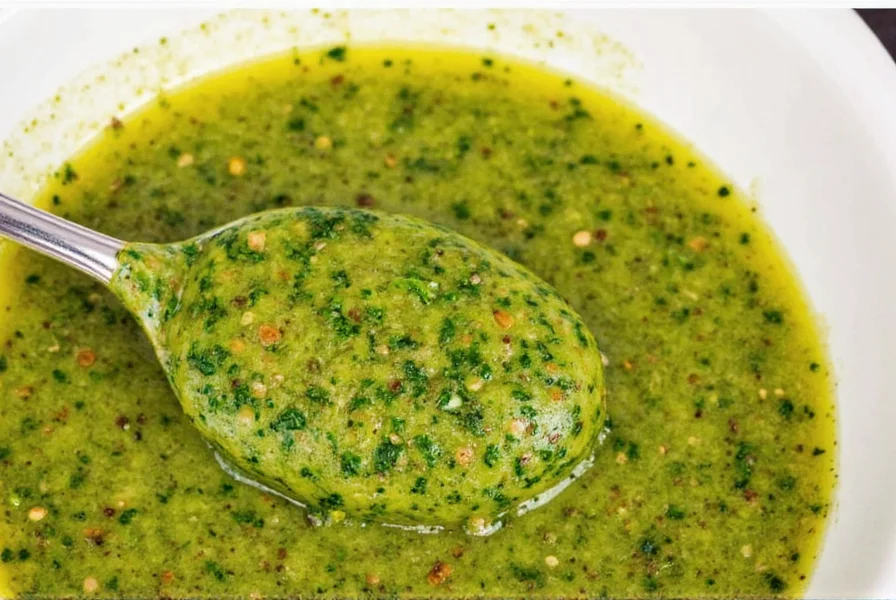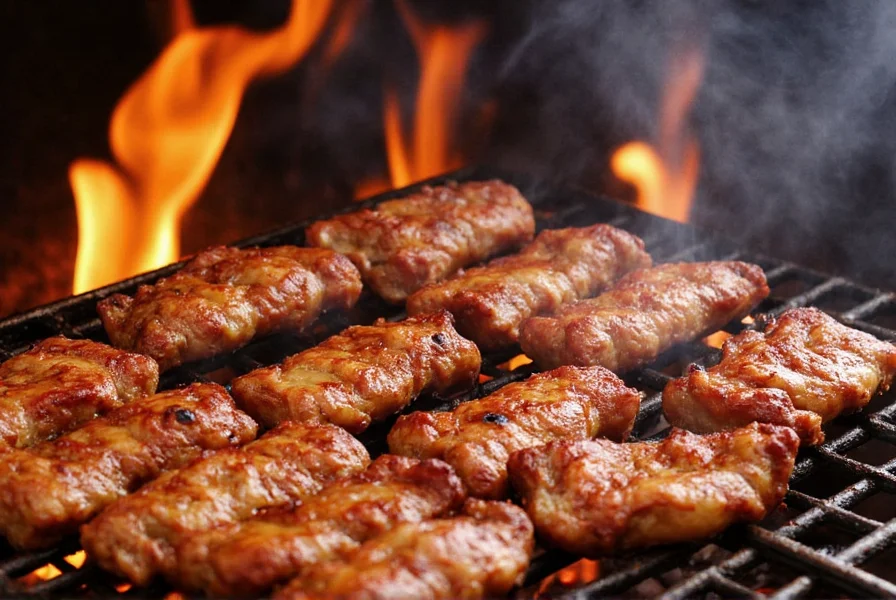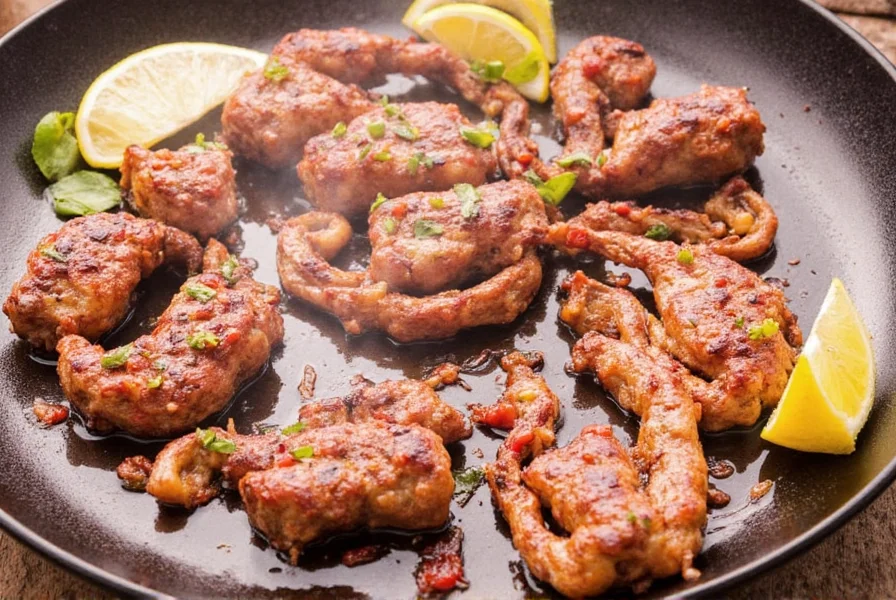Sizzling Spanish: What’s the Real Spanish Word for Barbecue?
When it comes to summer, backyard cookouts, and savoring smoky flavors, one thing is clear: barbecue is universal. But what do you call it in Spanish? And more specifically — are we talking about Latin American barbacoa, Argentine asado, or Spanish-style parrilla? Welcome to a flavorful journey through Global Spice Traditions, where language, culture, and grilled meat come together.
Table of Contents
- Barbecue Around the Spanish-Speaking World
- Etymology: Where Did the Word Come From?
- Grilling Styles Across Spanish-Speaking Countries
- Spice Blends That Define Each Region
- Buying Guide: Best BBQ Sauces and Rubs Inspired by Spanish Traditions
- Frequently Asked Questions
- Conclusion
Barbecue Around the Spanish-Speaking World
The term “barbecue” might seem straightforward in English, but in the Spanish-speaking world, it takes on many forms depending on geography, history, and local culinary practices.
| Country | Term for Barbecue | Meaning / Description |
|---|---|---|
| Spain | Parrilla | Refers to grilling over an open flame or charcoal grill |
| Mexico | Barbacoa | Traditionally refers to slow-cooked meat in underground pits |
| Argentina | Asado | A cultural event involving grilled meats, especially beef |
| Cuba / Caribbean | Barbacoa / Asado | Mix of indigenous and colonial influences |
| Peru | Parrilla | Popular for anticuchos (grilled skewers) |

Etymology: Where Did the Word Come From?
The word “barbecue” has deep roots in indigenous Caribbean languages. It originated from the Taino word “barbacoa”, which referred to a wooden framework used for drying and smoking meat. When European explorers encountered this method, they adapted it — and eventually, the term evolved into the modern “barbecue” we know today.
In contrast, the Spanish adopted the word directly but retained its original meaning — particularly in countries like Mexico, where barbacoa remains a traditional slow-cooking technique, often used for lamb or goat.
Grilling Styles Across Spanish-Speaking Countries
Each region has developed unique methods and traditions around barbecue:
- Barbacoa (Mexico): Meat is wrapped in maguey leaves and cooked slowly underground for hours. This technique is popular in central regions like Hidalgo and is famous for dishes like barbacoa de borrego (lamb barbecue).
- Asado (Argentina & Uruguay): A full social experience, often lasting hours. Meats like beef ribs, chorizo, and morcilla are grilled slowly over wood or charcoal. The term refers not just to the food but to the gathering itself.
- Parrilla (Spain & Peru): Refers to grilling meat on a metal grate (la parrilla) over open flames. In Spain, it’s common to find seafood, lamb chops, and squid grilled to perfection.

Key Differences Between Regional BBQ Techniques
| Method | Main Ingredients | Flavor Profile | Best For |
|---|---|---|---|
| Barbacoa | Lamb, goat, maguey leaves | Earthy, smoky, rich | Tacos, soups, family meals |
| Asado | Beef, pork, sausage | Umami, bold, charred | Gatherings, festivals, steak lovers |
| Parrilla | Seafood, chicken, lamb chops | Fresh, citrusy, herbaceous | Summer grilling, light dinners |
Spice Blends That Define Each Region
While some cultures prefer minimal seasoning, others pack a punch with spice, citrus, and herbs:
- Mexican Adobo: Ground chili powders, garlic, vinegar, oregano, and cumin. Often used for marinating meats before barbacoa.
- Argentine Chimichurri: Fresh parsley, garlic, olive oil, vinegar, oregano. Served as a condiment to brighten grilled meats.
- Spanish Mojo Picón: Made with paprika, garlic, vinegar, and spices. Popular in the Canary Islands, perfect for poultry and potatoes.

Quick Comparison of Grilling Spices
| Blend | Base Flavor | Heat Level | Best With |
|---|---|---|---|
| Adobo | Smoky, savory | Moderate | Beef, lamb, tacos |
| Chimichurri | Herby, tangy | Mild | Steak, chorizo, veggies |
| Mojo Picón | Spicy, citrusy | Medium-hot | Chicken, fish, fries |
Buying Guide: Best BBQ Sauces and Rubs Inspired by Spanish Traditions
If you want to bring authentic Spanish and Latin American flavors to your next barbecue, here are our top picks for ready-to-use sauces and rubs that capture regional styles without needing to fly to Argentina or Mexico.
Top 5 BBQ Rubs Inspired by Spanish Cuisine
- La Costeña Mexican Adobo Seasoning
- Features: Rich blend of chili peppers, garlic, and vinegar.
- Use Cases: Perfect for marinating beef, lamb, or chicken before roasting or grilling.
- Target Audience: Home cooks looking for convenience and flavor.
- Occasions: Taco nights, weekend barbecues, meal prep.
- El Mexicano Smoked Paprika Rub
- Features: Mild smokiness with a hint of sweetness.
- Use Cases: Ideal for roasted vegetables or paella-inspired dishes.
- Target Audience: Vegetarian-friendly BBQ enthusiasts.
- Occasions: Family dinners, vegetarian potlucks.
- Canary Island Mojo Rojo Rub
- Features: Bold paprika base with garlic and citrus zest.
- Use Cases: Great for seasoning chicken or roasted potatoes.
- Target Audience: Gourmet home chefs.
- Occasions: Dinner parties, tapas nights.
- Uruguay BBQ Steak Rub
- Features: Coarse salt, pepper, and dried herbs for a rustic finish.
- Use Cases: Directly rubbed onto beef cuts before grilling.
- Target Audience: Steak lovers and carnivores.
- Occasions: Weekend grilling, outdoor events.
- Peruvian Anticuchero Rub
- Features: Strong garlic and cumin notes with a touch of vinegar.
- Use Cases: Excellent for marinades for beef heart skewers.
- Target Audience: Adventurous foodies and street food lovers.
- Occasions: Festivals, themed dinner nights.

Recommended BBQ Sauces with Spanish Roots
- Vida Verde Green Chimichurri Sauce
- Perfect for topping grilled meats after cooking.
- Contains fresh parsley, garlic, and olive oil.
- Don Julio Red Adobo Sauce
- Thick, spicy, and slightly sweet — great for slow-braised meats.
- Can also be thinned down as a dipping sauce.
- Mojo Canario Citrus Blend
- Light, zesty, and ideal for drizzling over grilled fish or chicken.
- Adds a burst of freshness to any dish.
Frequently Asked Questions
Is "Barbacoa" the Same as "Barbecue"?
No — while both involve cooking meat using heat, barbacoa traditionally means slow-cooked meat in an underground pit, especially in Mexico. Modern usage sometimes conflates it with regular barbecue, but historically, it's distinct.
Which Country Has the Best Barbecue Culture?
This is subjective! However, if you're looking for the most socially embedded barbecue culture, Argentina’s asado is hard to beat. If you love slow-smoked meats, go for Mexican barbacoa. And for fresh, light grilling, nothing beats Spanish parrilla.
How Do I Pronounce "Parrilla"?
It’s pronounced /pah-REE-ja/. In Spain, the double “ll” sounds like “y” in English.
Conclusion
So, what’s the real Spanish for barbecue? The answer isn’t simple — because the word changes with every country and even within regions. Whether you say parrilla, barbacoa, or asado, one thing is certain: grilled meat, good company, and bold flavors are universal pleasures.
Now that you’ve explored the linguistic and culinary diversity behind Spanish barbecue terms, grab your favorite rub, fire up the grill, and let your taste buds travel across continents. Your next barbecue can be more than a meal — it can be a global adventure.












 浙公网安备
33010002000092号
浙公网安备
33010002000092号 浙B2-20120091-4
浙B2-20120091-4